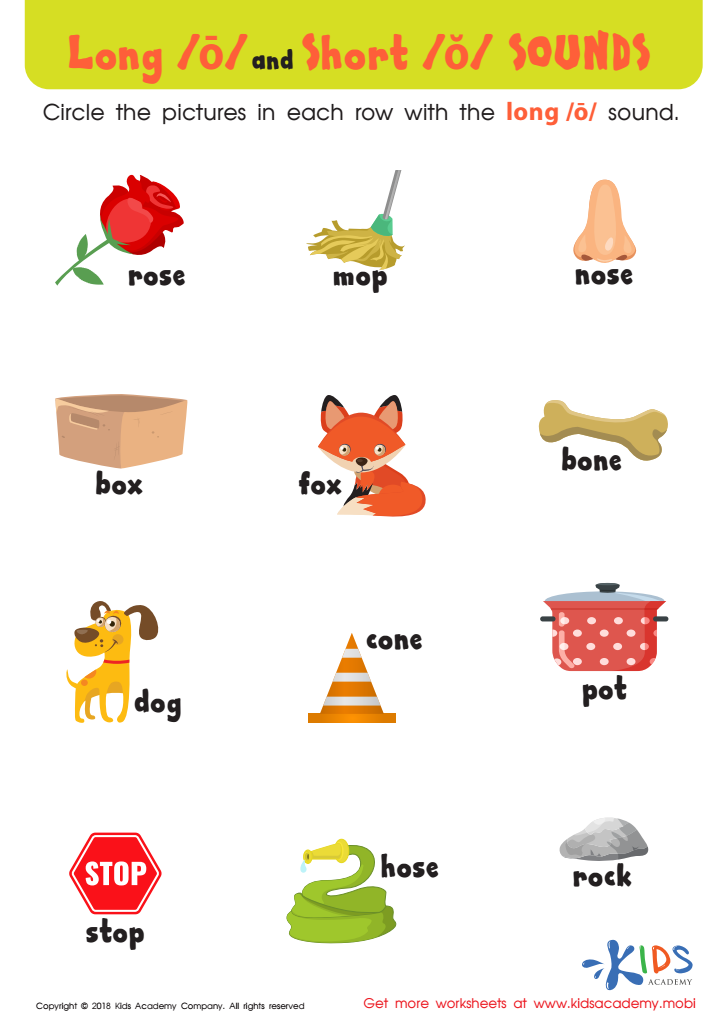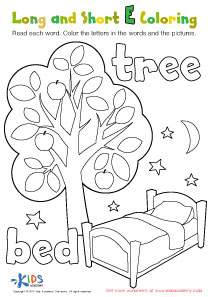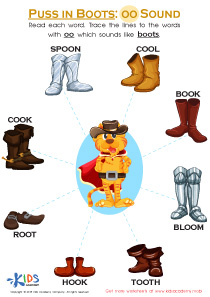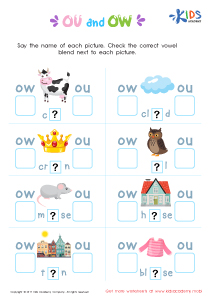Vocabulary expansion Normal Short Vowels Worksheets for Ages 6-7
6 filtered results
-
From - To
Enhance your child’s vocabulary with our engaging Normal Short Vowels Worksheets designed specifically for ages 6-7. These interactive resources focus on essential short vowel sounds, helping young learners strengthen their language skills through fun activities and exercises. Each worksheet is creatively crafted to encourage exploration of new words, improve pronunciation, and boost reading confidence. Kids will practice identifying short vowel words in varied contexts, making learning enjoyable and effective. Perfect for home or classroom use, our worksheets align with early literacy goals and foster a strong foundation for lifelong learning. Explore our collection and watch your child’s vocabulary grow!


Reading: Long O and Short O Sounds Worksheet


Short Vowels /e/, /i/, and /u/ Worksheet


Long and Short U Worksheet


Two Sounds for OO Worksheet


Long and Short O Worksheet


Reading: EA as in Bread Worksheet
Vocabulary expansion, particularly focusing on normal short vowels, is crucial for children aged 6-7 for several reasons. This developmental stage is pivotal in young learners' reading and communication skills, and mastering vowel sounds lays a solid foundation for literacy.
Firstly, short vowels are fundamental in helping children decode and pronounce words accurately. Engaging with short vowel sounds through reading and phonics activities can significantly enhance their ability to tackle unfamiliar words, boosting confidence in and enjoyment of reading.
Moreover, vocabulary expansion is not just about recognition; it’s about comprehension and expression. A rich vocabulary enables children to articulate their thoughts clearly, fostering better communication skills. This capability supports their social interactions and enhances their overall academic performance across subjects.
Finally, parental and teacher involvement in vocabulary development instills a love for language. When children are encouraged to explore and use new words, they develop curiosity and enthusiasm for reading, promoting lifelong learning. As such, prioritizing short vowel vocabulary expansion is essential for creating a well-rounded educational experience that supports children's language development, effective communication, and academic success.
 Assign to My Students
Assign to My Students











